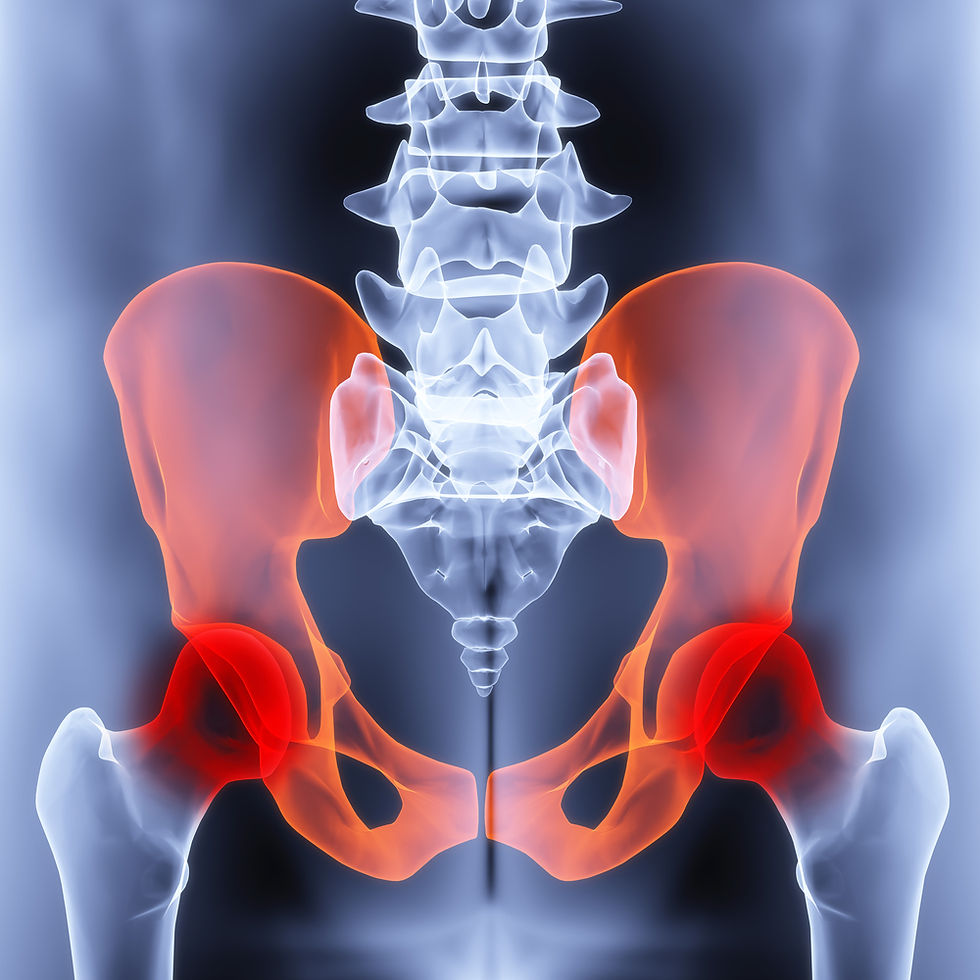Groin pain - have you considered Osteitis Pubis?
- Head 2 Toe Osteopathy
- Aug 10, 2022
- 1 min read

Osteitis pubis is a common source of groin pain in athletes, with a higher incidence in distance runners and those participating in kicking sports. In fact, it accounts for 10-18% of footballing injuries each year.
So what is it?
The joint which links the front of the pelvis (pubic symphysis) suffers a bony stress response from biomechanical overload and/or degenerative changes in the cartilage. The injury is characterised by pelvic pain and local tenderness over the pubic symphysis. Patients report pain on running and/or walking, playing kicking sports and ascending stairs.
The cause is unclear, but is thought to be due to a muscle imbalance between the abdominal and hip adductor muscles. Abdominal muscles work with the back muscles to stabilise the pelvis, particularly during a single-leg stance, while maintaining balance and contributing to power and precision of the kicking leg. The gluteal and adductor muscles are also important in single-leg stances, and the adductors are antagonists to the abdominal muscles. Imbalances between abdominal and adductor muscle groups can disrupt the balance of forces around the pubic symphysis.
Osteitis pubis is typically self-limiting, and improves with rest and a concomitant rehabilitation programme. A rehabilitation programme aims to correct muscular imbalance around the pubic symphysis, involving stretching and pelvic musculature strengthening.
Should conservative measures fail, then other interventions such as shockwave therapy, dextrose injections or surgery maybe considered.
Via, A.G. et al. (2018). Management of osteitis pubis in athletes: rehabilitation and return to training - a review of the most recent literature. National Library of Medicine. 10: 1-10.

Comments